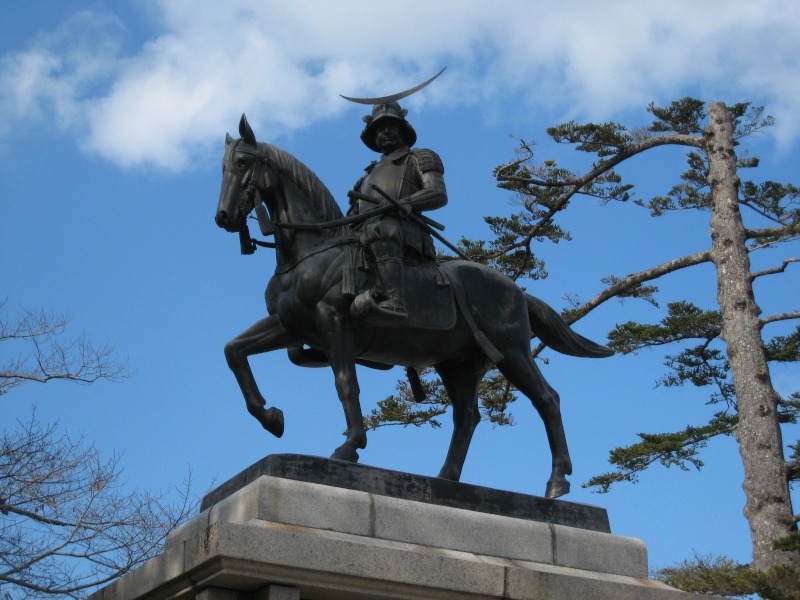
1 Shimazu YoshihisaOne of the most famous warlords from the Sengoku period, Shimazu Yoshihisa hailed from the Satsuma Province. He was married to his aunt for a brief time. He launched a campaign to unify Kyushu, and tasted many victories. His clan ruled a major part of Kyushu for many years, but was eventually defeated by Toyotomi Hideyoshi. After the defeat, Yoshihisa is believed to have retired and become a Buddhist monk. He died a peaceful death.

2 Date Masamune
Known for his affinity for violence and lack of mercy, Date Masamune was one of the most feared warriors of his era. Having lost the sight in his right eye in childhood due to smallpox, he had to make extra effort to be recognised as a fighter. After a series of defeats in early days, he slowly built his reputation and became one of the most efficient warriors of the time. When his father was kidnapped by the enemies of his clan, Masamune retaliated with slaughtering all of them, killing his father during the mission. He later served Toyotomi Hideyoshi and Tokugawa Ieyasu, as the head of Date clan.

3 Uesugi Kenshin
Known as the Dragon of Echigo, Kenshin was a fierce warrior and the leader of Nagao clan. He was famous for his rivalry with Takeda Shingen. The two fought each other for many years, engaging in one-on-one combats several times. He was also one of the warlords who resisted the campaigns of Oda Nobunaga. He was a reputed administrator as well. There are various stories surrounding the cause of his death.

4 Miyamoto Musashi
Perhaps the most celebrated samurai warrior over the years, Miyamoto Musashi was one of the greatest swordsmen Japan had ever had. His first duel was in the age of 13. He fought in the battle between the Toyotomi clan against the Tokugawa clan, on the side of former, ending up defeated. He later travelled along Japan, winning numerous duels against powerful opponents. Musashi’s most famous duel was in 1612, in which he fought against master swordsman Sasaki Kojiro and killed him. In later years, he spent more time for writing, and authored The Book of Five Rings, which details various sword-fighting techniques.

5 Oda Nobunaga
One of the most recognisable warrior in Japanese history, Oda Nobunaga was a charismatic leader as well. In 1560, he killed Yoshimoto Imagawa who attempted to take over Kyoto and set the foundation of the unification of Japan. He made use of firearms in battles, a novel idea at the time. His death was from an act of betrayal by one of his own generals, Akechi Mitsuhide, who set fire to the temple he was resting at. However, Nobunaga committed suicide, a more honourable way to die.







